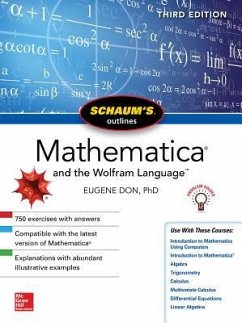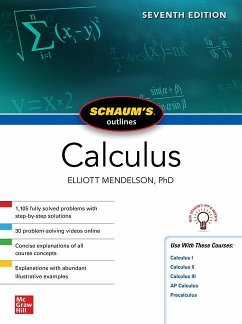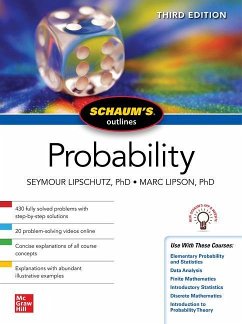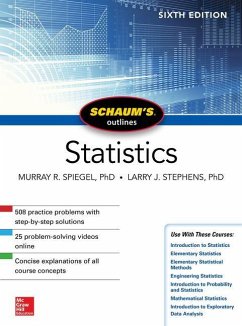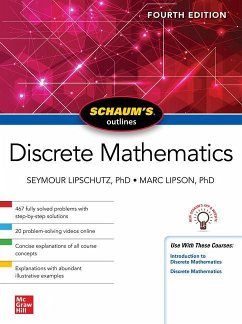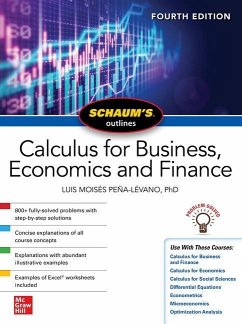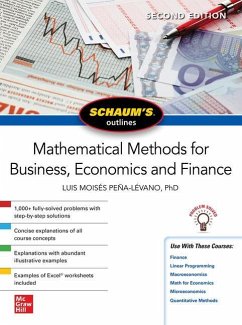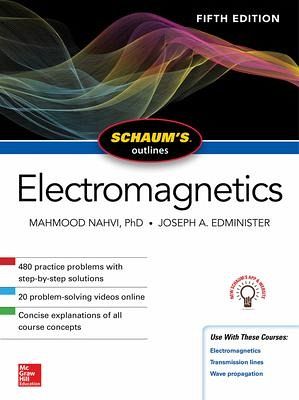
Schaum's Outline of Electromagnetics, Fifth Edition
Versandkostenfrei!
Versandfertig in 1-2 Wochen
32,99 €
inkl. MwSt.

PAYBACK Punkte
16 °P sammeln!
Tough Test Questions? Missed Lectures? Not Enough Time? Fortunately, there's Schaum's. More than 40 million students have trusted Schaum's to help them succeed in the classroom and on exams. Schaum's is the key to faster learning and higher grades in every subject. Each Outline presents all the essential course information in an easy-to-follow, topic-by-topic format. You also get hundreds of examples, sovled problems, and practice exercises to test your skills. This Schaum's Outline gives you: . Hundreds of supplementary problems to reinforce knowledge . Concise exaplanations of all electromag...
Tough Test Questions? Missed Lectures? Not Enough Time? Fortunately, there's Schaum's. More than 40 million students have trusted Schaum's to help them succeed in the classroom and on exams. Schaum's is the key to faster learning and higher grades in every subject. Each Outline presents all the essential course information in an easy-to-follow, topic-by-topic format. You also get hundreds of examples, sovled problems, and practice exercises to test your skills. This Schaum's Outline gives you: . Hundreds of supplementary problems to reinforce knowledge . Concise exaplanations of all electromagentic concepts . Information on current density, capacitance, magnetic fields, inductance, electromagnetic waves, transmission lines, and antennas . New section on transmission line parameters . New section illustrating the use of admittance plane and chart . New section on impedance transformation . New chapter on sky waves, attenuation and delay effects in troposphere, line of signt propagation and other relevant topics . Support for all major textbooks for courses in Electromagnetics PLUS: Access to revised Schaums.com website with access to 20 problem-solving videos, and more. Schaum's reinforces the main concepts required in your course and offers hundreds of practice questions to help you suceed. Use Schaum's to shorten your study time-and get your best test scores! Schaum's Outlines - Problem solved.



